A plastic check valve, like all check valves, prevents backflow by allowing process streams such as water, corrosives, compressed air, liquid metal, hydraulic fluid, fuel, gasoline, syrup, acids, adhesives, slurry and sludge, to name a few, to flow freely in a downstream direction while simultaneously sealing itself should the direction of flow reverse. Read More…
Our check valves are manufactured with the customer in mind. We believe in offering superior products and services every time. No matter whether you are looking for small or large valves, we can meet your every needs. It is our goal to offer excellent prices and service to each customer. Contact us to learn more today!
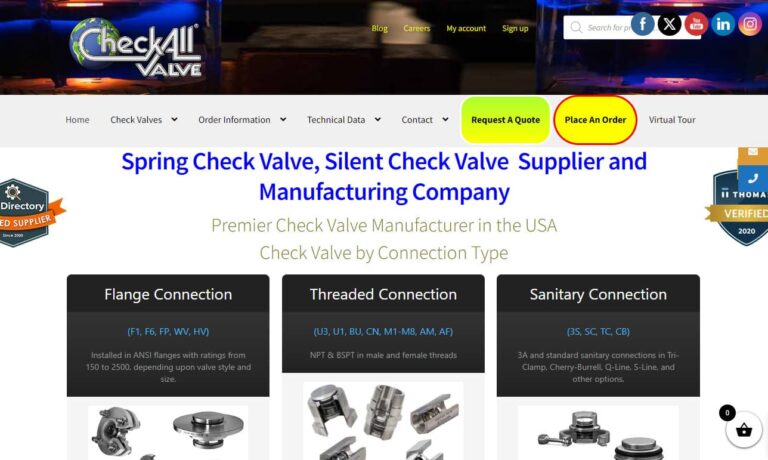
At Beswick Engineering Co., we are dedicated to engineering precision miniature fluid power components that deliver reliable performance in demanding applications. Our team specializes in designing and manufacturing high-quality check valves, along with an extensive selection of other fluid control products, all crafted to meet tight tolerances and rigorous performance requirements.
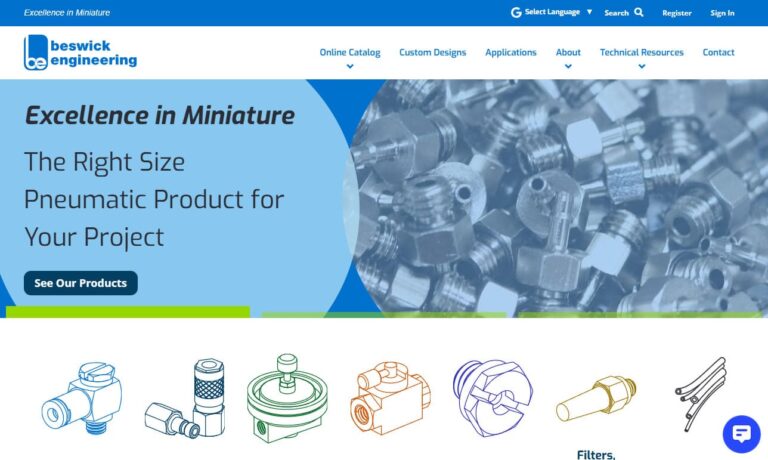
At U.S. Plastic Corp., we provide high-quality 55-gallon drums designed to meet the rigorous demands of various industries. Our selection includes a variety of plastics, offering durability, chemical resistance, and compliance with industry standards for safe storage and transportation of liquids, solids, and hazardous materials. With a commitment to quality and customer satisfaction, we deliver...
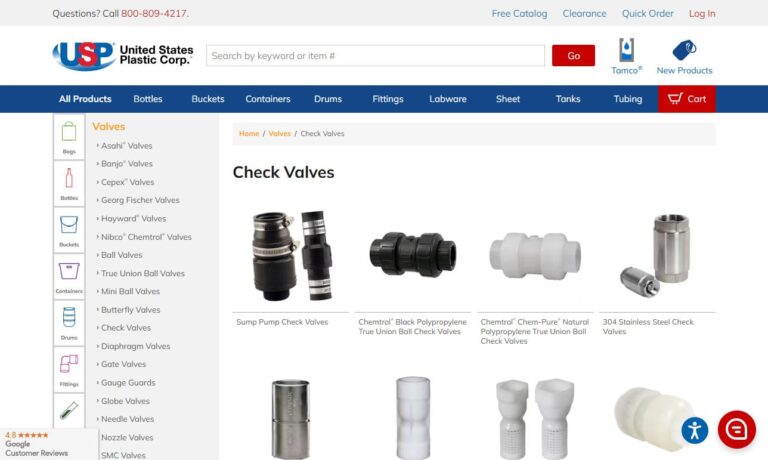
At Aquatrol, we take pride in being a trusted name in the design and manufacturing of high-quality check valves built for durability and precision. With decades of expertise, we have developed a deep understanding of fluid control systems and have dedicated ourselves to engineering solutions that ensure reliability and safety in even the most demanding industrial environments.
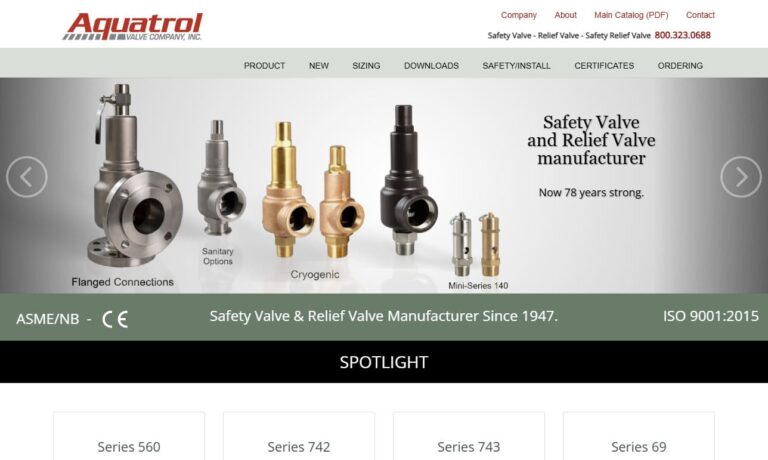
At SVF Flow Controls, we take pride in being a trusted manufacturer of precision-engineered flow control products, with a strong emphasis on quality, reliability, and performance. We specialize in the design and production of check valves, ensuring optimal flow management and protection for a wide range of industrial applications.

Offering a full line of flow control products, Plast-O-Matic Valves ensures high quality by testing each of our valve products individually before shipment. We offer plastic check valves, PVC check valves, relief valves, ball check valves and more. We are committed to engineering excellence.

More Plastic Check Valve Manufacturers
Plastic check valves provide this security with relatively simple devices. The body of the valve is a molded, extruded or die cast cylindrical element that is placed midstream in the plumbing. Because they require no external activation or actuation mechanism, these non return valves are easily installed into pre-existing pipeline configurations. The body holds in place a ring-like plastic element known as the seat. This extends from the inner walls toward the center-line of the pipe but does not fully close.
A plugging mechanism, such as a piston or ball rests in the seat. Another plugging device is a swinging disk. When pressure is great enough, and going in the desired direction, the stopper is lifted away from the seat of the valve opening the gap to allow process stream to flow freely downstream. Reverse flow inversely pushes the plug back into the hole, creating an air tight seal that will not be opened again until forward flow pressure is greater than the back pressure.
As aforementioned, plastic check valves come into frequent contact with a number of different process streams. In order to provide reliable stream control, it is important to select a valve material that is chemically compatible with the flow composition. A number of different plastics are therefore available to suit check valve needs under any circumstances.
PVC check valves are common as they provide good flexibility, smooth surfaces and are nontoxic. Polypropylene is also used and is similar to PVC but with additional benefits of resistance to UV, weathering and ozone exposure. PTFE is suited for use with highly corrosive substances while CPVC maintains integrity in high heat applications such as boiling water or molten metal transfer. Each of these acetal polymers offers high fatigue resistance and lubricity which help to increase product longevity.
While metals may also be used in valve design, plastics are easily fabricated into precise shapes and offer many of the same qualities as metals with lower overhead cost. In addition to material considerations, manufacturers should consider plastic check valve dimensions, pressure ratings, thermal capabilities, connection types and curing technology, all of which can have a significant impact on the plastic check valve performance.

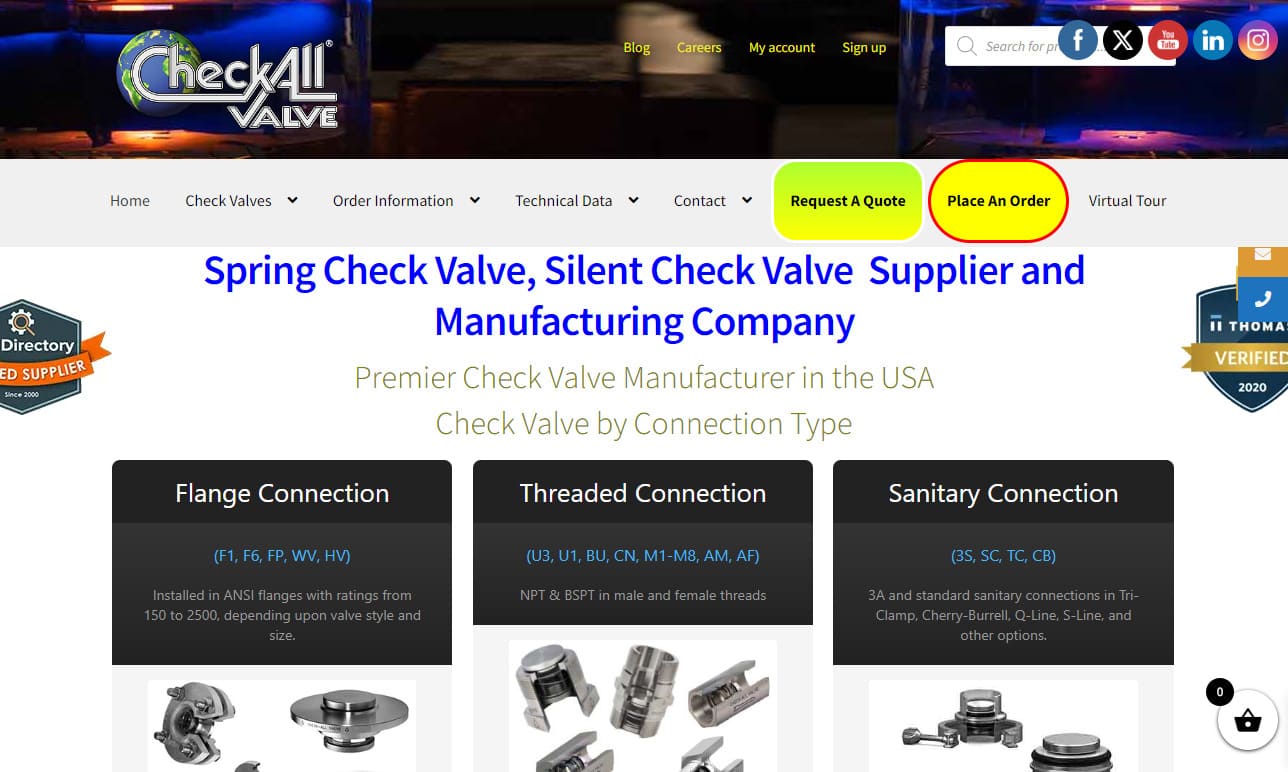
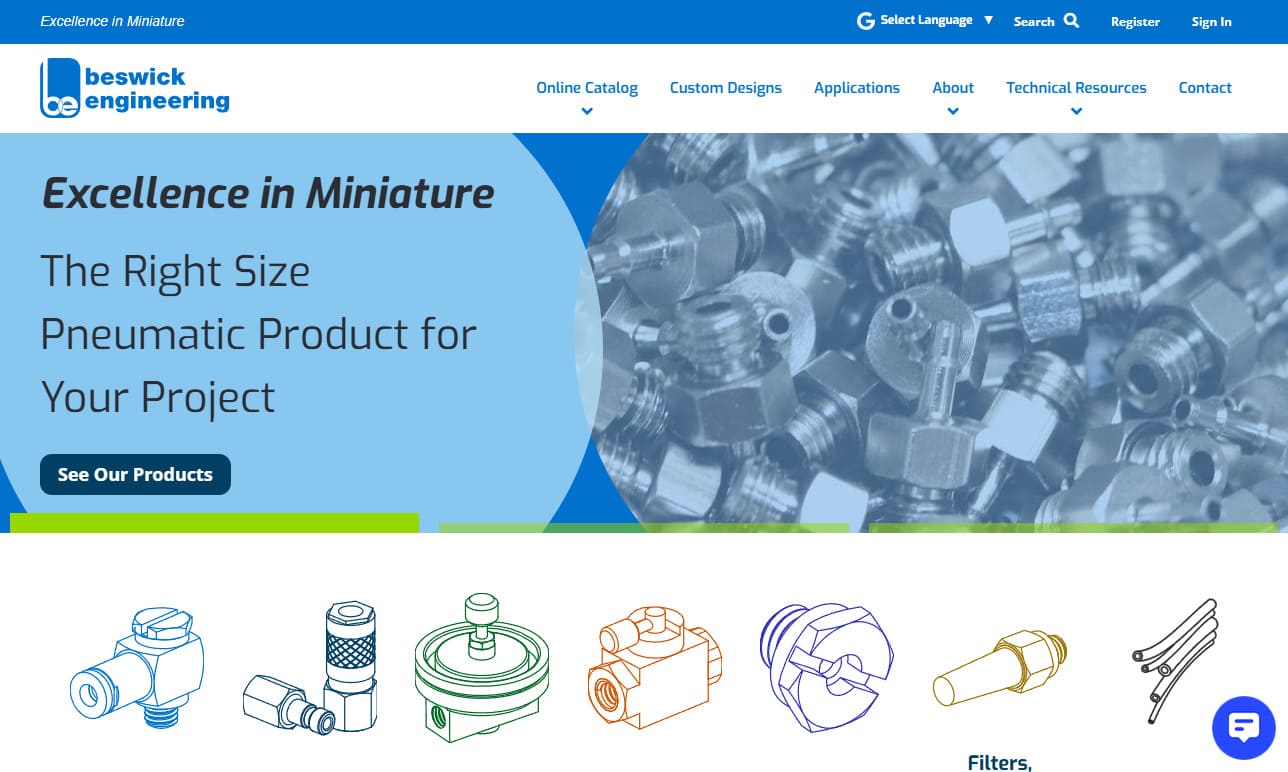

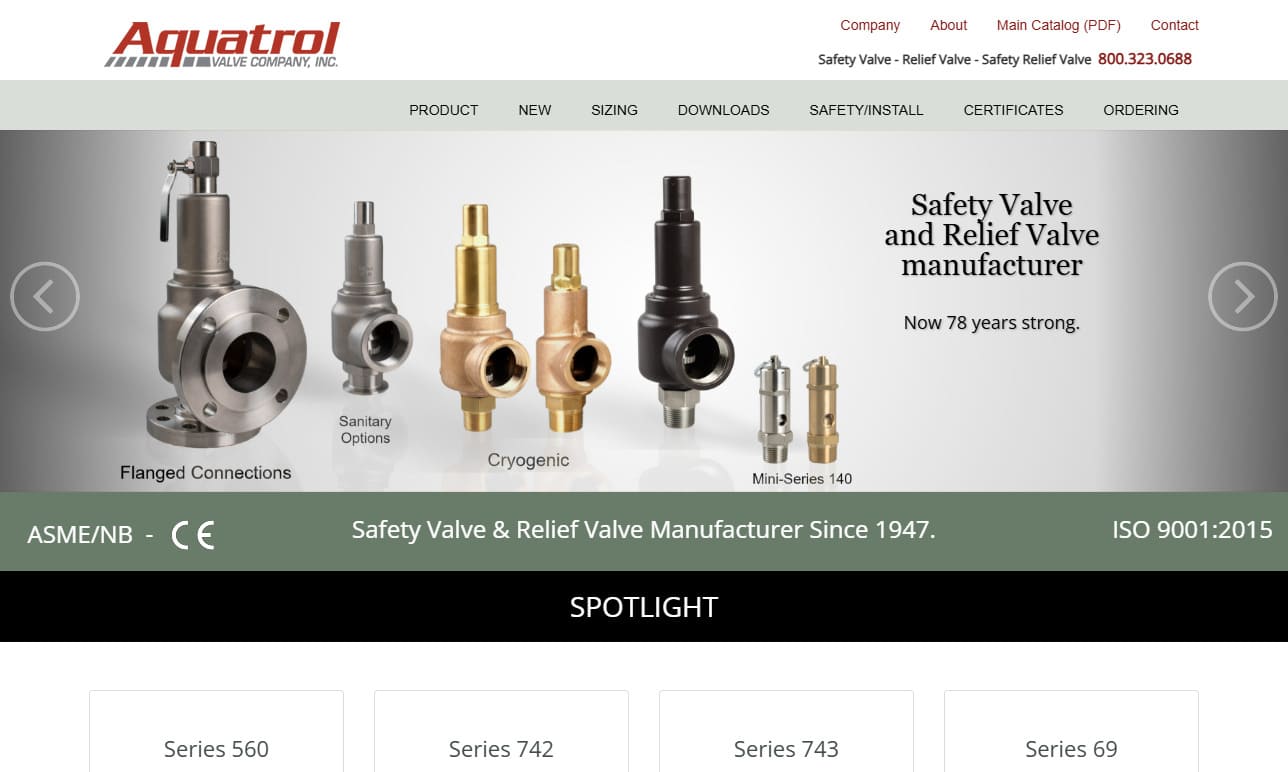
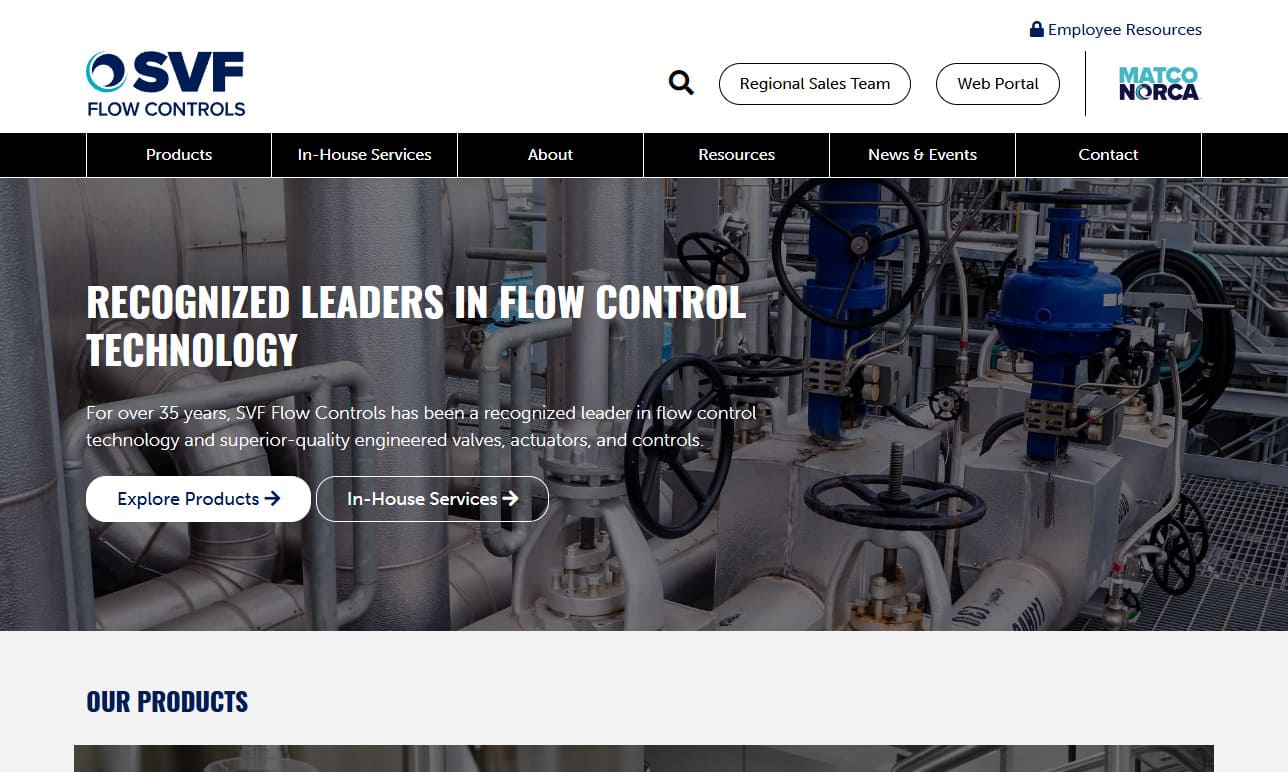
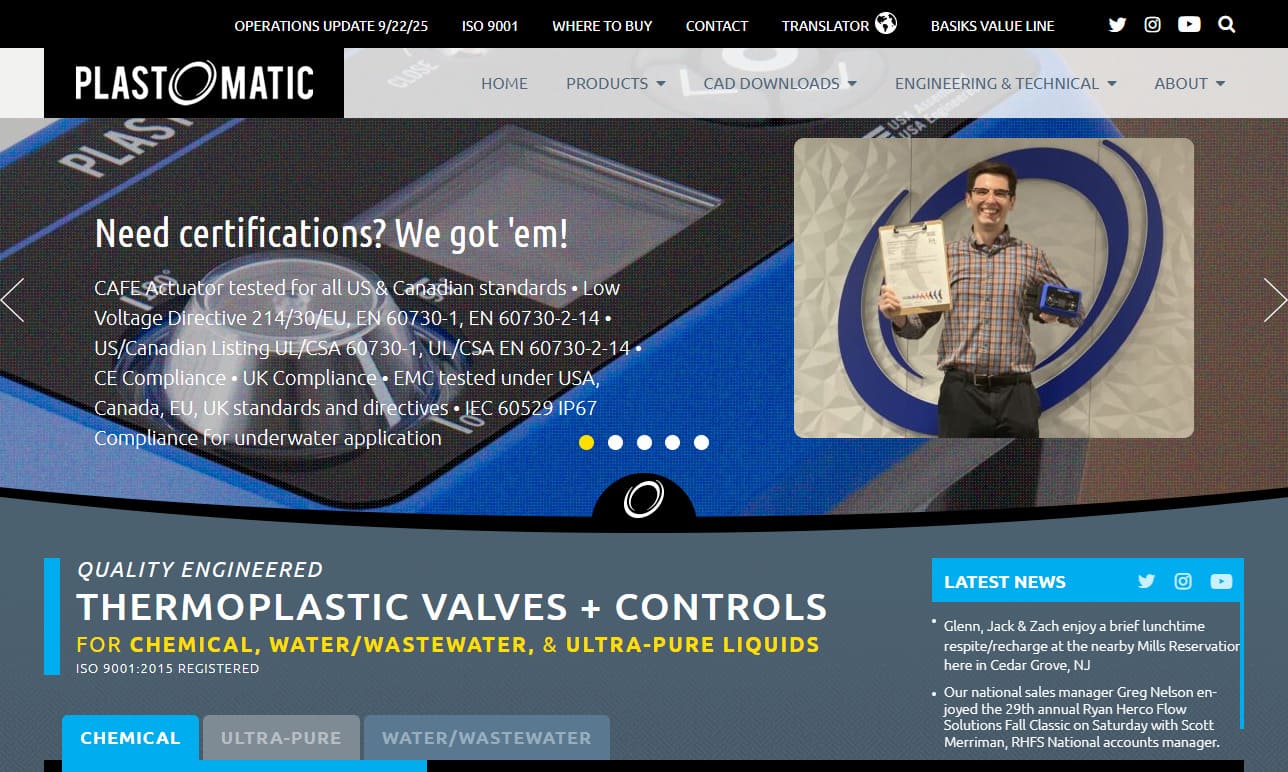
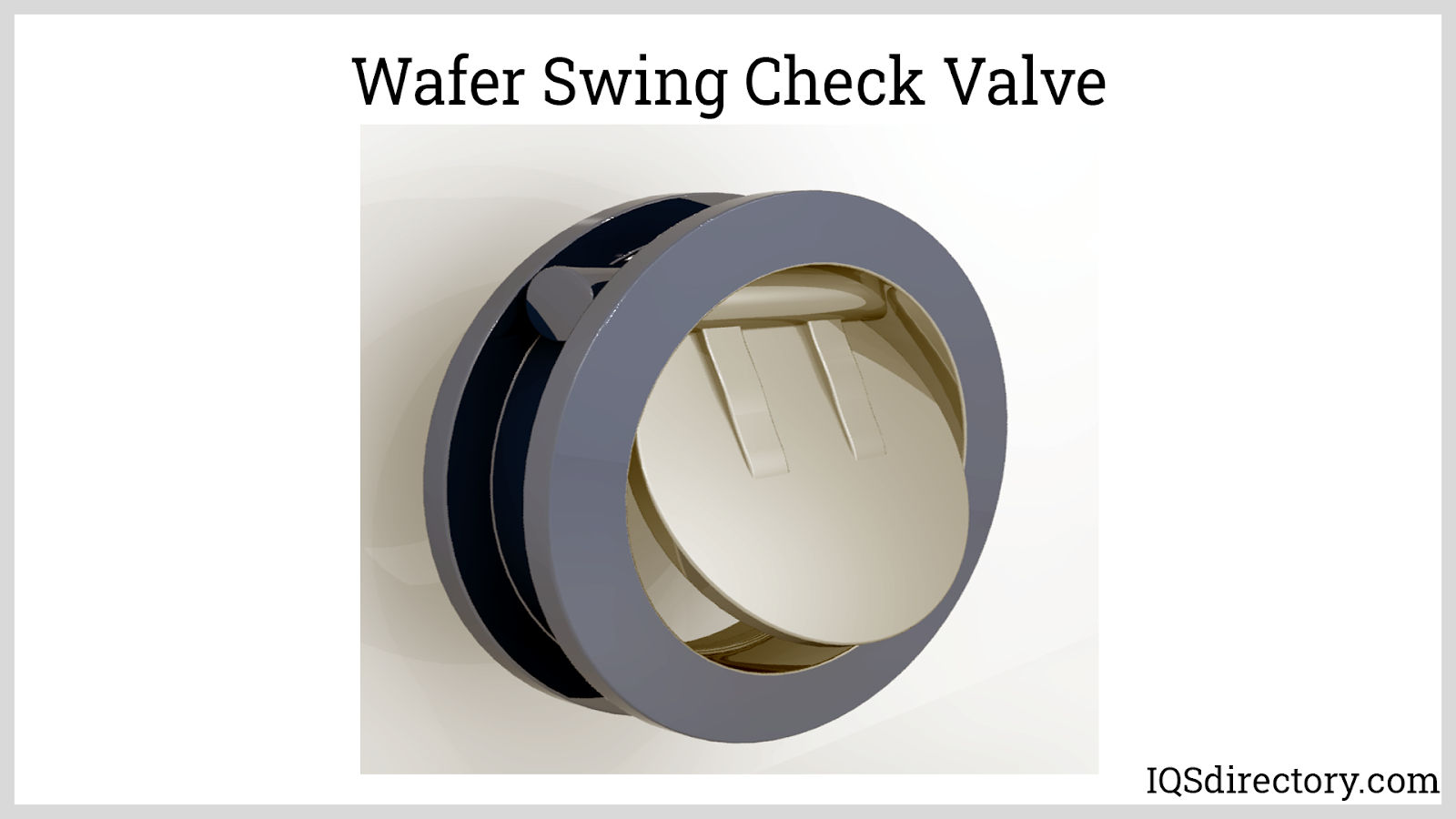
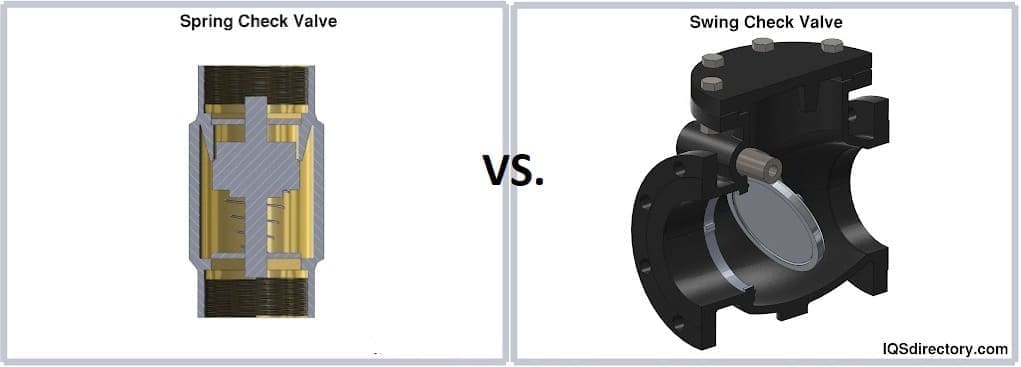
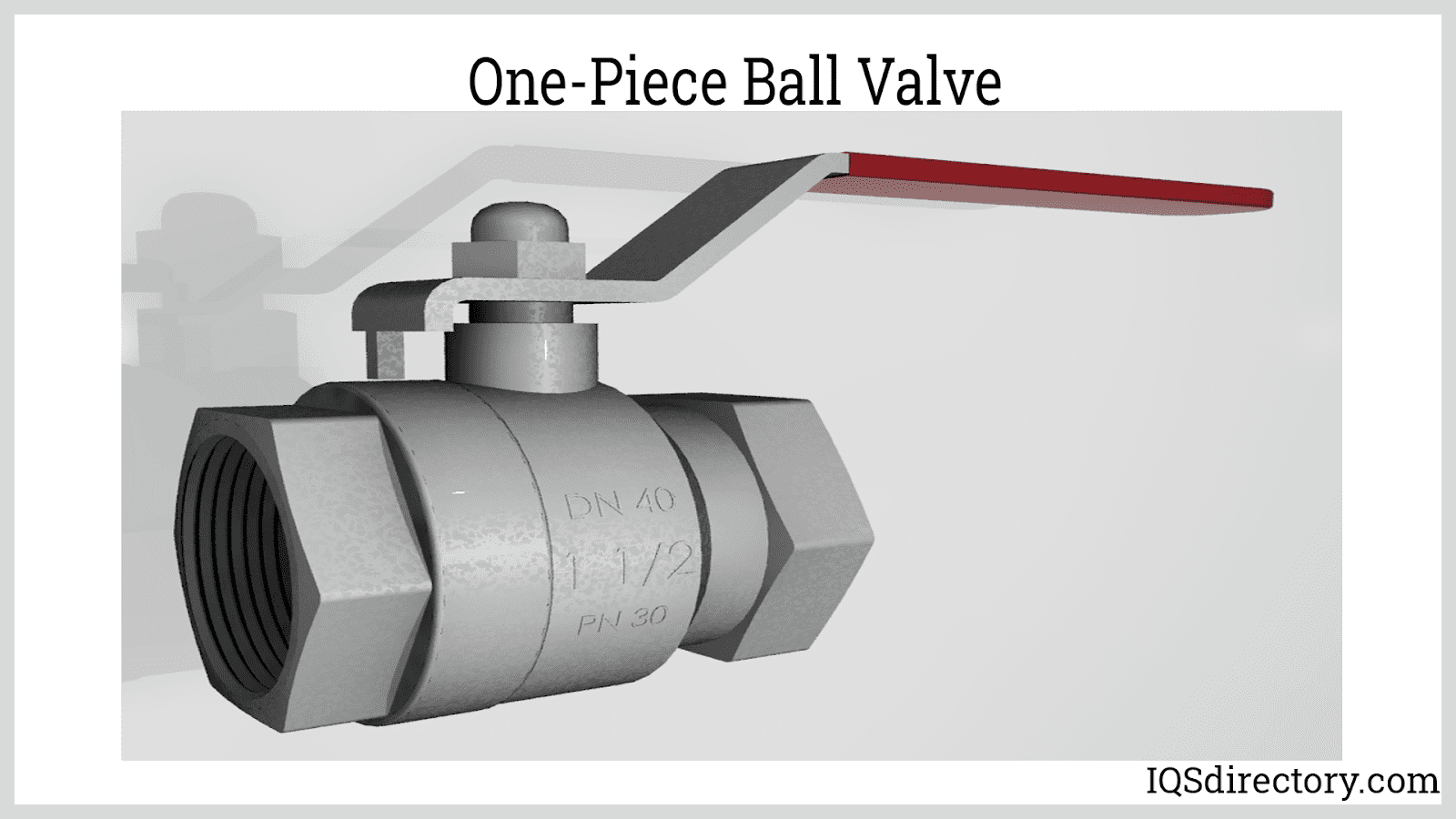
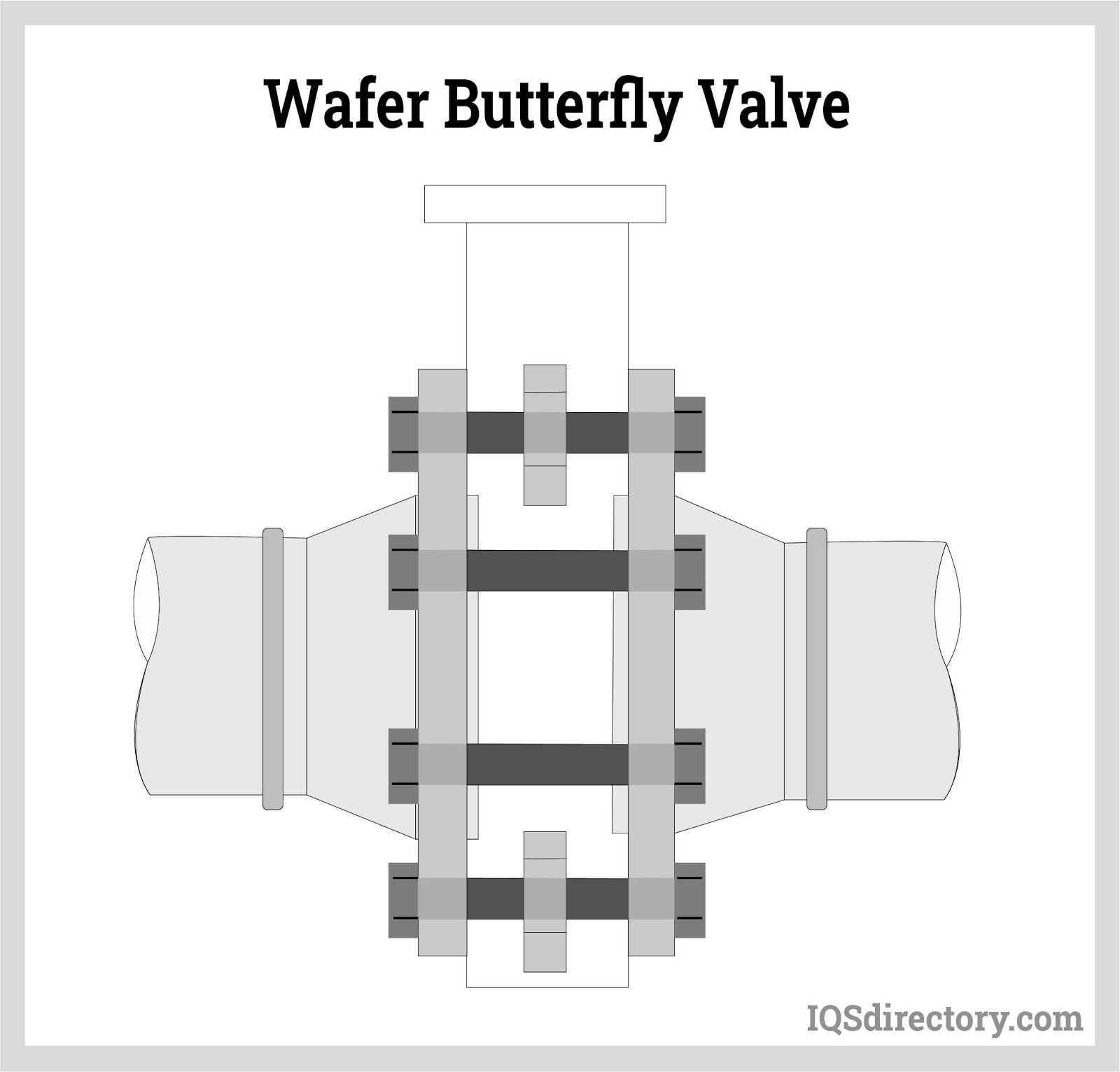
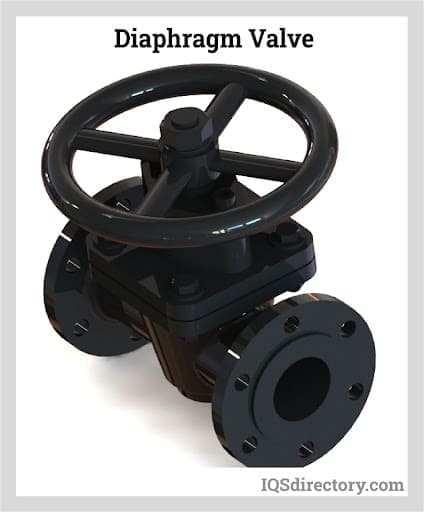
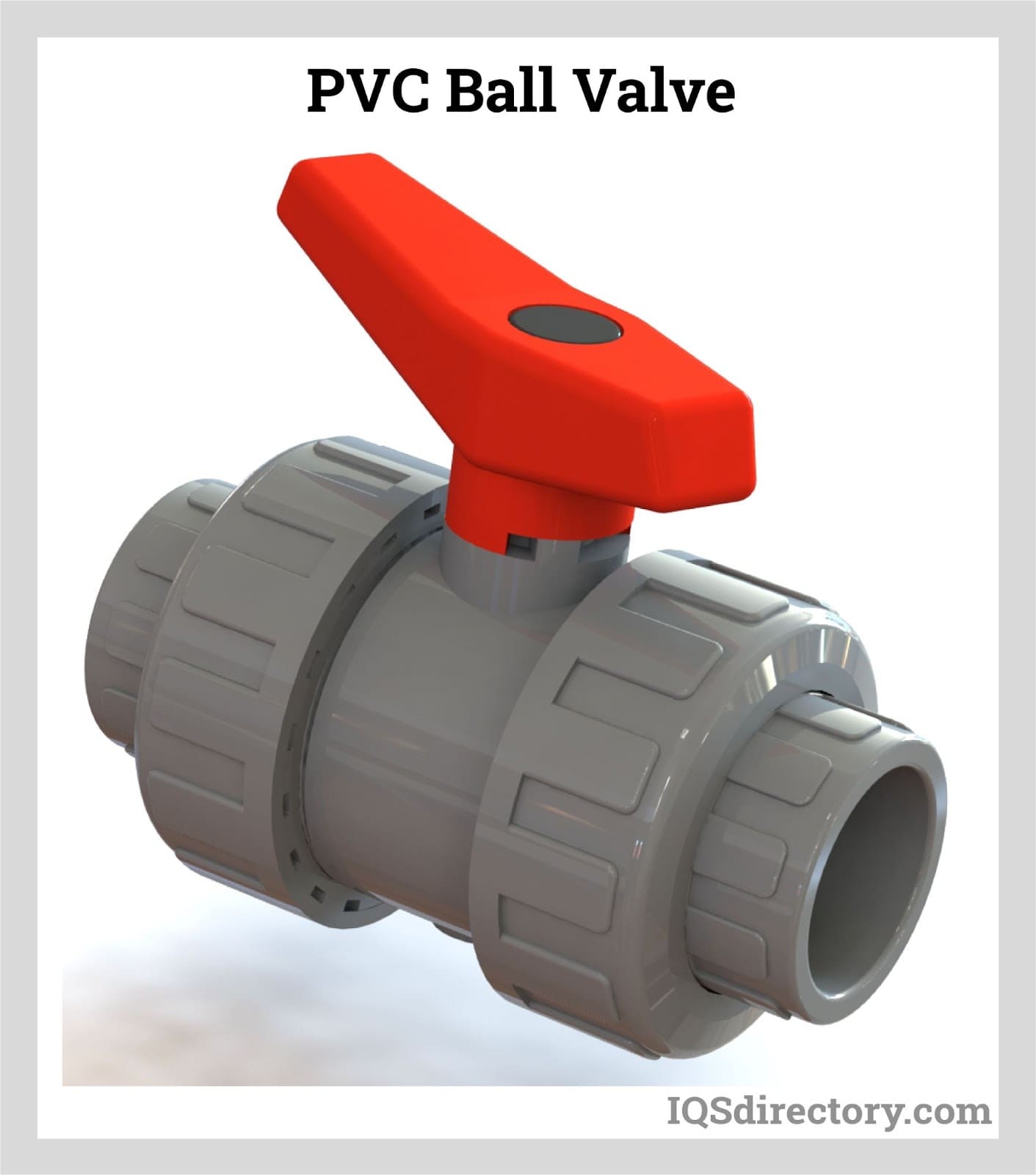
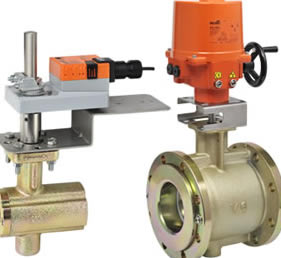 Ball Valves
Ball Valves Butterfly Valves
Butterfly Valves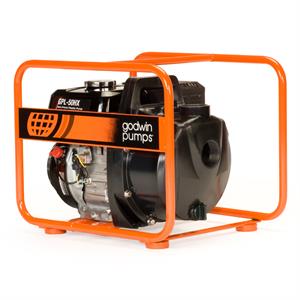 Centrifugal Pumps
Centrifugal Pumps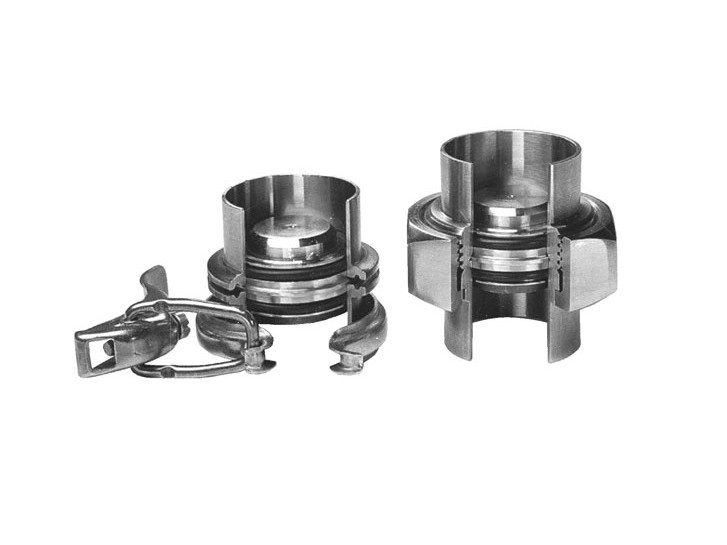 Check Valves
Check Valves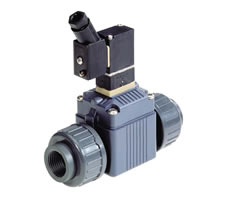 Diaphragm Valves
Diaphragm Valves Flow Meters
Flow Meters Hydraulic Pumps
Hydraulic Pumps Hydraulic Valves
Hydraulic Valves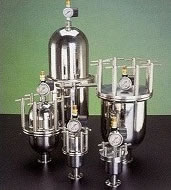 Metering Pumps
Metering Pumps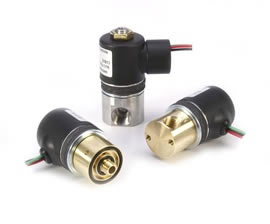 Solenoid Valves
Solenoid Valves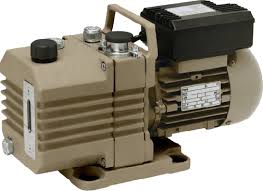 Vacuum Pumps
Vacuum Pumps Castings & Forgings
Castings & Forgings Bulk Material Handling
Bulk Material Handling Electrical & Electronic Components
Electrical & Electronic Components Flow Instrumentation
Flow Instrumentation Hardware
Hardware Material Handling Equipment
Material Handling Equipment Metal Cutting Services
Metal Cutting Services Metal Forming Services
Metal Forming Services Metal Suppliers
Metal Suppliers Motion Control Products
Motion Control Products Plant & Facility Equipment
Plant & Facility Equipment Plant & Facility Supplies
Plant & Facility Supplies Plastic Molding Processes
Plastic Molding Processes Pumps & Valves
Pumps & Valves Recycling Equipment
Recycling Equipment Rubber Products & Services
Rubber Products & Services